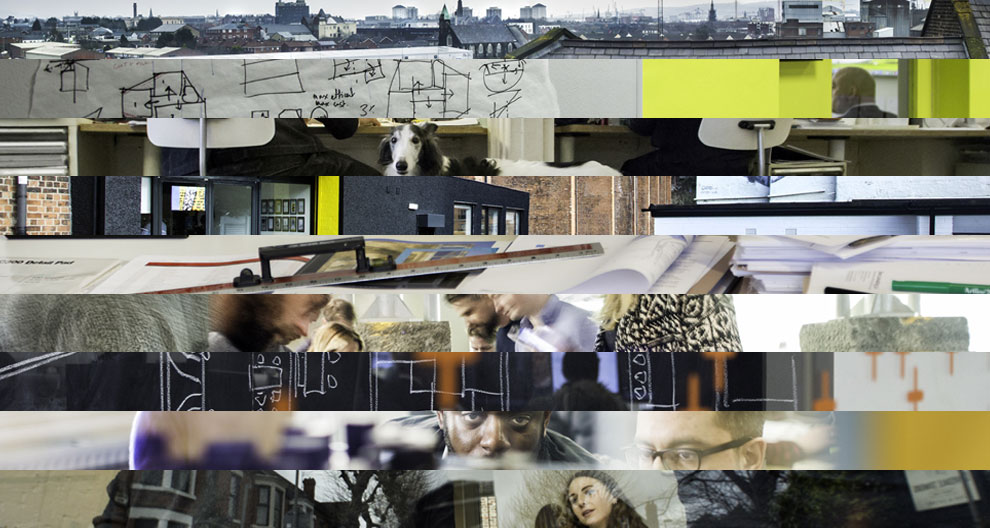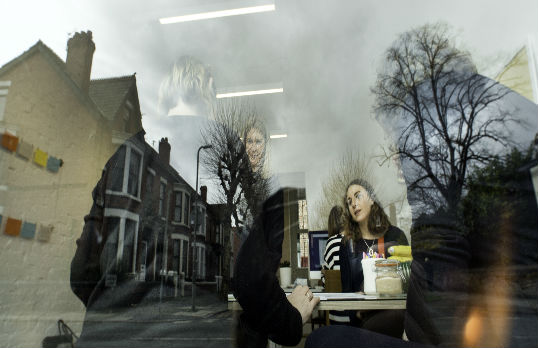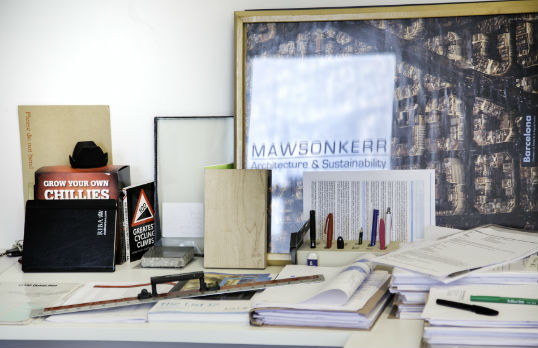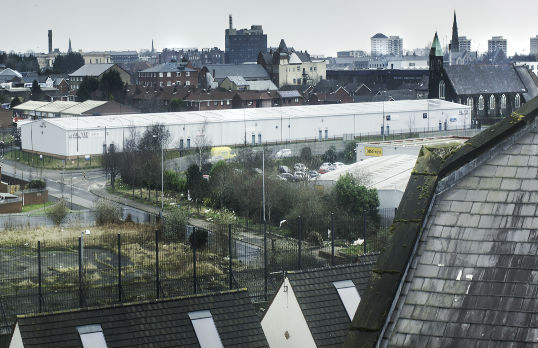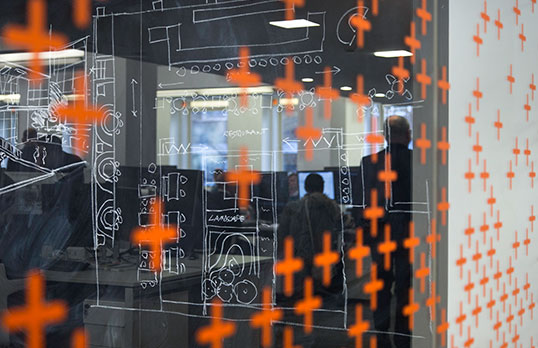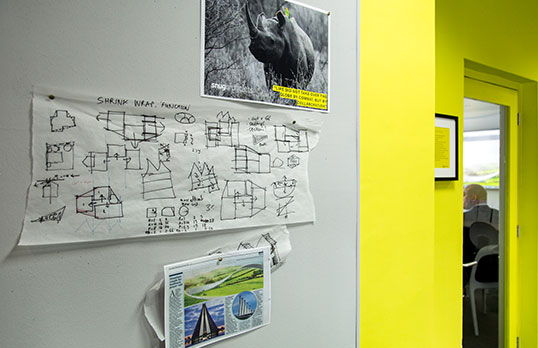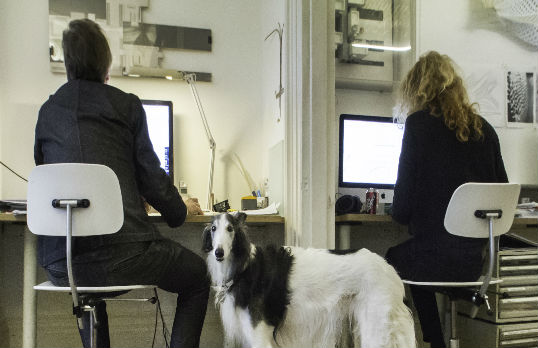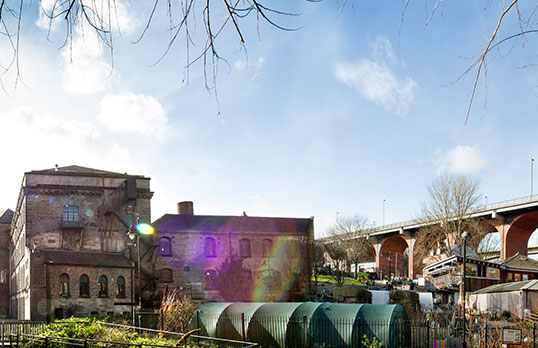Practices are where architecture happens. They determine how the sector is perceived, create culture, define desirable behaviours, shape talent, engage with clients and produce the work. It is where the profession comes to life.
The nine practices featured in this project have been selected to illustrate the different characteristics of a role model organisation. None claim to be perfect, but there are things to be learnt from each. They are intended to provoke a profession-wide debate about what it means to be a successful RIBA Chartered Practice.
We hope their example acts as a catalyst for questions such as; how do we measure up? What ideas could we apply to our own workplace? What do we do well and what do we need to change? It is through this kind of constructive challenge, within and amongst practices, that architecture can better realise its ambition to be a diverse profession, representative of society and equipped to meet the opportunities and challenges of the future.

